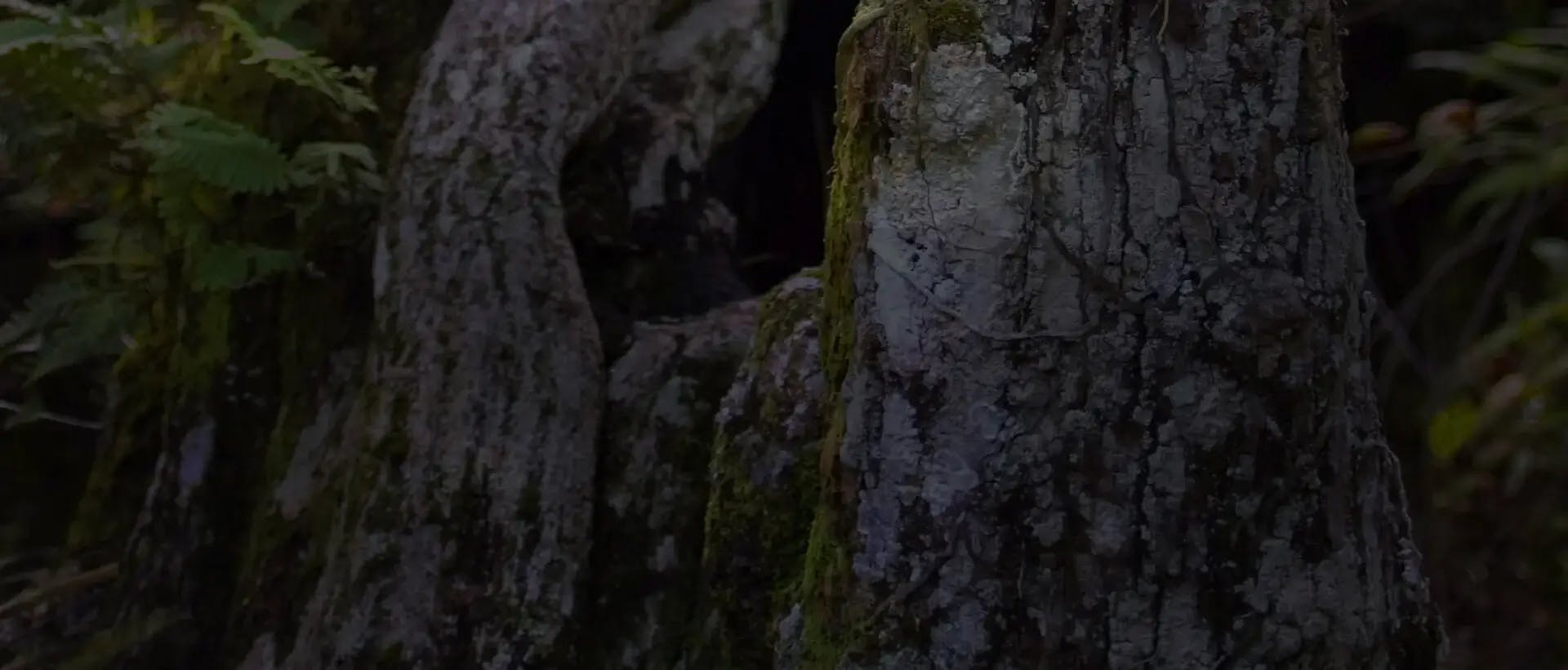One of the most frustrating situations a beginner orchid grower can face is not being able to get their orchid to bloom.

There are three main reasons that an orchid will not rebloom. First, the orchid must be healthy. Second, the orchid must have made and stored sufficient carbohydrates during its growth period to support plant maintenance and blooming. Third, the orchid’s particular blooming cue must have been met. Let’s look at these one at a time.
To determine the health of your orchid, ask yourself if it has been growing vigorously and appears free from viral, bacterial, and fungal problems, as well as pest infestations.

Sometimes these problems are obvious, such as the mealybugs in the photo above. Other times, especially for some viral or bacterial issues, the plant simply looks less vibrant and has small black or brown spots on it. Any one of these conditions will stress the plant and limit its ability to bloom. The first step in diagnosing why your orchid isn’t blooming is to examine the plant for anything out of the ordinary. Ask yourself if the plant looks different from when you bought it. You will need to resolve any of these issues before the orchid will be healthy enough to bloom.

The second cause is that there are not enough stored carbohydrates for the orchid to perform normal plant maintenance and produce blooms. The top equation above is the photosynthesis equation. The catalyst and driving force for this reaction is sunlight. It is vitally important that your orchid is getting the correct amount of sunlight. If it does not, it cannot make enough carbohydrates to perform normal plant maintenance activities, such as growth, and to bloom. The orchid will preferentially put the carbohydrates to plant maintenance and only bloom if there are enough carbohydrates left over. The first step you should take to resolve this problem is to find the care and culture information for your orchid genera. The AOS provides culture sheets for the major genera that can be found here: Orchid Care & Culture Sheets - American Orchid Society. These will tell you what type of light your orchid genus should get. You can also ask yourself if the leaves of your orchid appear darker than when you first purchased it. If an orchid is not receiving enough light, it will produce more chlorophyll in an attempt to use more of the available radiant energy. As chlorophyll is green, the leaves on the orchid become a darker green. As an example, the Phalaenopsis plant pictured at the top of this article is a low to medium light orchid. It would need to be in a north, east or west facing window or a shaded south facing window.
The final reason why an orchid does not bloom is that it has not received the proper blooming cue. In the northern hemisphere, most Phalaenopsis orchids and fall blooming Cattleya will begin to set bud stems in October and November when the number of daylight hours has decreased and the day to night temperature difference has increased. These are the two main blooming cues for orchids. It’s important that your orchid is in a location where it can sense these seasonal changes. For example, if you have your Phalaenopsis orchid sitting on a table in the middle of a room where there is a constant temperature, it may not bloom. The blooming cue for Phalaenopsis orchids is a larger day to night temperature differential. This typically happens in the fall when the nighttime temperatures drop down into the 50s and 60s Fahrenheit (10C – 16C). It’s also important to note that Phalaenopsis also will not flower if the day temperature exceeds 82F (28C). Cattleya orchids need to sense the shorter daylight hours in the fall to begin blooming.
All orchid genera will need to experience one or both blooming cues. Cattleya and Phalaenopsis are very tied to one specific cue, but many of the genera need a little of both. Also, if you have an orchid genus that blooms at a different time of the year other than fall. The same requirements apply, it’s just shifted to the beginning of the blooming season. Finally, some genera are very sensitive to these cues. There are Cattleya genera that will set buds when the daylight hours are only minutes shorter than normal, or Phalaenopsis genera that only need a few degrees cooler.
Those who raise their orchids in a house or apartment may have to become creative to meet these blooming cues. Phalaenopsis can be placed near a window or in a bow window where they will sense the temperature dropping at night. They can also be moved to a cooler location of a house, such as a garage, at night.

If it is impossible to keep a Cattleya orchid from sensing light during the night, put a box over it when the sun goes down and take it off in the morning. If you are raising your cattleyas under lights, remember to adjust your light timers to match the daylight outside.
Now is a good time to take inventory of where your various orchid genera are growing. Ask yourself what light and temperature conditions they experience throughout the year, but especially when they are ready to bloom.
Finally, even though it may not seem like this at times, remember that your orchid is genetically programmed to bloom as a way to propagate its species. If it’s healthy, has produced sufficient carbohydrates, and senses the correct blooming cues, it will bloom. AOS members have access to a wealth of information in Orchids magazine articles and webinars which discuss the different orchid genera and how they bloom. If you’re not a member, why not consider joining our community?









